Are there bull sharks in Lake Tahoe? Lake Tahoe is one of the most beautiful lakes in the world, but it’s also one of the most dangerous. The lake is home to several species of dangerous animals and insects that can cause serious injuries or even death.
If you’re planning on visiting Lake Tahoe, it’s important to know what types of dangerous wildlife live there so you can stay safe while enjoying your vacation!
There’s a rumor going around that there is a bull shark in Lake Tahoe. But is it true? Do bull sharks really swim in the waters of Lake Tahoe?
Well, as I’ll tell you in this post, the answer is yes. So if you plan on visiting Lake Tahoe anytime soon, you’ll want to be careful of bull sharks because they are in the lake!
Bull sharks typically need a large body of water to be successful, but are they native to Lake Tahoe? There have been numerous reputable accounts of bull sharks being spotted in the lake.
However, there are also plenty of photos being circulated as evidence that prove not to be real. Who’s right? And if these sharks aren’t native, what brought them here?
Since the early 1980s, there have been reports of bull sharks inhabiting Lake Tahoe, the largest alpine lake in North America. These sharks are the same species that would live in New York rivers if they could.
That’s why finding these “river sharks” in Tahoe is not uncommon. Proving their existence has been a different story altogether.
Are there bull sharks in Lake Tahoe?
Lake Tahoe has a reputation for being one of the most beautiful lakes in the world. It’s not just a destination for vacation but also for fishing, boating, and all the other activities that make it a popular place to visit. But what about sharks?
The answer is yes, there are bull sharks in Lake Tahoe. However, they’re not natives and don’t live there all year. The bull sharks that swim in Lake Tahoe are actually the result of an accidental release from a fish farm decades ago.
The first known sighting of a bull shark in Lake Tahoe was back in 1996, when one was caught by an angler on a fishing line near Emerald Bay, which is located on the western shore of Lake Tahoe.
Since then, there have been numerous sightings as well as some confirmed catches in the lake’s waters, including three bull sharks caught between 2003 and 2005 by fishermen fishing at Glenbrook Beach Resort and Marina on the north shore of Lake Tahoe.
near Glenbrook Bay, and at least two other bull sharks were caught by fishermen using nightcrawlers or clams as bait at different locations around the lake over the past decade plus.
The bull shark is the most dangerous shark in the world. It can survive in fresh water and has been found as far north as Vancouver Island, Canada.
A bull shark was caught at Lake Havasu City, Arizona, in 1963. The most likely explanation for this creature’s presence was that it had been carried upriver from Mexico by the Colorado River.
Bull sharks have also been found in the Mississippi River as far north as Minnesota and Wisconsin. However, they are not known to live permanently in freshwater lakes and rivers like other species of sharks do.
Lake Tahoe is home to many species of fish, including lake trout, rainbow trout, kokanee salmon (landlocked sockeye salmon), brown trout, and coastal cutthroat trout. But there are no bull sharks here!
Read more articles: Rainbow Beach in Australia
Key points to learn more
- Are there any bears in Lake Tahoe?
- Are there crocodiles in Lake Tahoe?
- Are there any snakes in Lake Tahoe?
- Camping in Lake Tahoe: is it safe?
- Is it safe to swim in Lake Tahoe?
- How dangerous is Lake Tahoe?
- Other things to do in Lake Tahoe
- Some helpful tips while visiting Lake Tahoe
Are there any bears in Lake Tahoe?
Bears are not common in Lake Tahoe, but if you see one, it is most likely a black bear. Black bears are not dangerous and prefer to avoid humans.
However, they will defend themselves from perceived threats (usually by bluffing) and can be aggressive when cornered or protecting their young.
You may also see black bears near roadsides or trails as they move between forested areas and open meadows to feed on grasses and berries—or to avoid being seen by humans!
The prevalence of black bears throughout Nevada makes them the most likely species you would encounter if you spotted a bear in Lake Tahoe.
While there have been reports of grizzly bears living in the area before European settlement (mostly around Lake Tahoe’s northwest shore), those populations were eliminated during that time period.
There are currently no known grizzly populations within California or Nevada; therefore, any sightings reported today are most likely black bears instead!
If you see a bear in Lake Tahoe, please report it to the California Department of Fish and Wildlife (CDFW). You can also call 1-877-933-9847 or visit the CDFW website.
The best way to avoid a bear encounter is to keep your distance and travel in groups. If you do happen upon a bear while hiking, slowly back away while keeping eye contact with the animal.
Read more articles: Backpacking with Eggs
Are there crocodiles in Lake Tahoe?
Crocodiles are not found in the Lake Tahoe area and will not make an appearance in Lake Tahoe. Crocodiles are not a part of the ecosystem at all, which is why they’re so interesting!
It’s also why they aren’t found in Lake Tahoe or anywhere else around it.
If you want to see crocodiles, head over to [insert location], where they can be spotted year-round (or during certain parts of their life cycle).
There are a lot of myths about crocodiles. Some people think that they can live in water as cold as ice. Others believe that they eat sharks for breakfast and play leapfrog with hippos in the ocean.
The truth is, crocodiles can only survive in warm climates where there’s plenty of sunlight and food to go around. They do not live in cold climates and cannot survive even the warmest of lakes.
If you’re planning to visit Lake Tahoe and want to see a crocodile, you’ll be sorely disappointed. There are no crocodiles in Lake Tahoe, but there are plenty of other animals that live there instead.
Read more articles: Snakes of Spain
Are there any snakes in Lake Tahoe?
There are no snakes in Lake Tahoe, but they’re not exactly welcome. Snakes are cold-blooded animals and need warmer temperatures to survive. But rattlesnakes are present, though not as much.
Lake Tahoe is too cold for them to live comfortably; in fact, it’s so cold that if you fall into the water, you should expect hypothermia within minutes.
At an elevation of 6,225 feet above sea level and surrounded by mountains on all sides (including Mount Tallac), this is definitely not a great habitat for snakes.
The only venomous snake native to the Sierra Nevada Mountains is the western rattlesnake (Crotalus oreganus), but none have been spotted in Lake Tahoe or anywhere nearby since 1997.
And even then, it was a wandering individual who had likely traveled from somewhere else entirely.
The most common snake in Lake Tahoe is the gopher snake (Pituophis catenifer), which has a wide range of habitats, including grasslands, deserts, and forests.
Though they don’t pose any threat to humans, these nonvenomous snakes often have a bad reputation because they’re large and aggressive when provoked.
The good news is that gopher snakes are harmless and usually shy away from humans. They can grow up to 4 feet long, but their common size is closer to 2 feet.
Gopher snakes are a subspecies of the common garter snake (Thamnophis sirtalis). They have stripes on their backs and sides that fade into spots as they get older.
The Lake Tahoe region also has a large population of common garter snakes (Thamnophis sirtalis), which are nonvenomous and pose no threat to humans.
They can grow up to 4 feet long, but their common size is closer to 2 feet. Garter snakes have stripes on their backs and sides that fade into spots as they get older.
Read more articles: Snakes in Spain
Camping in Lake Tahoe: is it safe?
Camping is a fun way to enjoy the outdoors. Camping can be done by car or on foot. Either way, you’ll want to choose a campsite far away from any water sources so that you don’t attract any potential threats.
As long as you follow these simple rules and precautions when camping near Lake Tahoe, you’ll have a safe and enjoyable experience!
The last major fire was in 2003 and burned over 70,000 acres, including almost all of the town of Minden. It took over 1,000 firefighters to contain it, and fighting it cost $60 million.
In addition to fires, there are many other dangers that come with camping at Tahoe:
Rattlesnakes: rattlesnakes are common in this area and can be found anywhere there is brush or tall grasses. They will strike if they feel threatened, so always be careful where you step or put your hands while hiking or exploring around camp sites.
Some rattlesnakes have been known to climb trees, so don’t assume that just because you can’t see them means they aren’t nearby!
Theft: Theft is an issue for both campers and locals alike at Lake Tahoe. Make sure all valuables are locked up securely inside your RV or tent at night, and never leave anything valuable unattended during the day either!
It’s also a good idea to park in a well-lit area so that you can see what you’re doing when you get out of your vehicle.
Wildlife: Bears, mountain lions, and other wild animals are just part of the wildlife found in the Tahoe area. Bears will often raid trash cans, so make sure you keep your food sealed up in containers when camping on public land or in national forests or parks.
You should also be careful about leaving food out for pets at night, as this can attract wildlife to your campsite!
Weather: weather conditions can be very unpredictable at Lake Tahoe, which means that it’s important to prepare for all types of weather when camping here!
If there’s a chance of rain, bring along some extra tarps or rainflies so that if it rains while you’re sleeping, you’ll stay dry inside your tent!
Is it safe to swim in Lake Tahoe?
Lake Tahoe is one of the most pristine, beautiful lakes in the world. Its water is fed by melting snow, rainfall, and runoff from creeks that drain into Lake Tahoe.
It’s also an alpine lake, which means that its level fluctuates with changes in snowmelt and rainfall.
The primary danger to swimmers is hypothermia, which can occur when the body temperature drops below 95 degrees Fahrenheit (35 degrees Celsius). This condition can lead to death if not treated quickly and correctly.
If you do choose to swim, avoid areas where there are strong currents or heavy boat traffic since these conditions will increase your risk of being swept away from shore.
If you’re planning to swim in Lake Tahoe, choose a warm day with calm winds. Check the weather forecast before you go, and avoid swimming alone.
Read more articles: Seattle to Yellowstone Road Trip
How dangerous is Lake Tahoe?
Lake Tahoe is well-known for its crystal-clear waters and breathtaking scenery. It’s a popular destination for boaters, swimmers, divers, and other water lovers. But Lake Tahoe can be dangerous.
Every year, there are dozens of injuries or drownings from people getting in too deep and being unable to get back out again due to the steep drop-offs or strong currents that run through parts of the lake.
These same conditions make it difficult for emergency rescue teams to reach victims quickly enough when they need help.
Knowing how deep your footstep will take you before hitting bottom is important if you’re planning on going into any body of water.
but this information can be difficult to obtain in Lake Tahoe because it’s so large (8 miles long by 5 miles wide at its widest point).
The depths vary throughout each season as runoff from melting snow fills up part of the lake while other parts experience evaporation during hot summer days—so what worked last month might not work this month!
Other things to do in Lake Tahoe
While you’re waiting for the bull shark to make its way over to your side of the lake, here are some other things you can do in Lake Tahoe:
- Hiking
- Biking
- Fishing
- Kayaking
- Swimming
- Camping
- Boating
- Rock climbing
The area is also known for its natural beauty, which includes mountains and lakes. Pack up a picnic lunch and head out on one of these jaunts:
The Tahoe Rim Trail is a 200-mile trail that runs around the lake. For a shorter hike, try the Fallen Leaf Lake Loop or Spooner Lake Trail.
If you want to get out on the water, rent a kayak or take a guided tour of the lake. For those interested in camping, try Spooner Lake Campground or Fallen Leaf Campground.
For those interested in boating, rent a boat or take a guided tour of the lake. If you want to get out on the water, rent a kayak or take a guided tour of the lake.
Read more articles: Best Texas State Parks for RV
Some helpful tips while visiting Lake Tahoe
Swimming in Lake Tahoe is one of the few activities that can enhance your summer vacation.The serene water and breathtaking views make it one of the most popular destinations for tourists, but don’t let that fool you: Lake Tahoe is a dangerous place.
When visiting Lake Tahoe, please remember these safety tips:
Do not swim in the lake! You may think it looks inviting and peaceful, but there are many dangers lurking beneath its surface.
First off, there are sharks lurking in the depths of this lake—sharks who will eat small children as soon as they look at them! Don’t let this happen to your child by following these simple rules:
Never feed any bears! This includes black bears that live on land and brown bears that live underwater.
Be careful when feeding them because they might bite off an arm or leg if they’re not happy with what’s on offer (which probably won’t be something tasty like grilled salmon).
Besides being taken away from their families forever by animal control officers who want nothing more than to put them down because they’re too dangerous to keep around anymore,
Because pets aren’t allowed at hotels where most people stay while visiting lakeside resorts like Lake Tahoe Resort & Spa (which has accommodations available year-round depending on seasonality, so plan ahead carefully if interested).
Never feed snakes either! They’re dangerous enough without being fed anything by humans, especially poisonous ones like coral snakes or rattlesnakes, which bite people all over their bodies.
Arms, legs, faces, necks, and shoulders are all included, as are ankles, ankles, toes, and fingernails.
Keep in mind
The Lake Tahoe area is a beautiful place to visit and enjoy. While there are many things to do, it is important to keep in mind that there are some dangers as well.
If you are planning on visiting Lake Tahoe, make sure that you have the proper clothing and equipment for your adventure.
The experts seem to agree. It is possible that there are bull sharks in Lake Tahoe, but these sightings are rare—too rare to indicate a thriving population of bull sharks in the lake.
However, that could change if an adult bull shark were able to reach Lake Tahoe and survive there long enough to mate.
Given all of the variables affecting Lake Tahoe, it’s difficult to predict whether or not this scenario is likely to happen soon. But it’s clear that, one way or another, changes are coming to the world’s highest lake.
Read more articles: How to Backpack with Eggs?

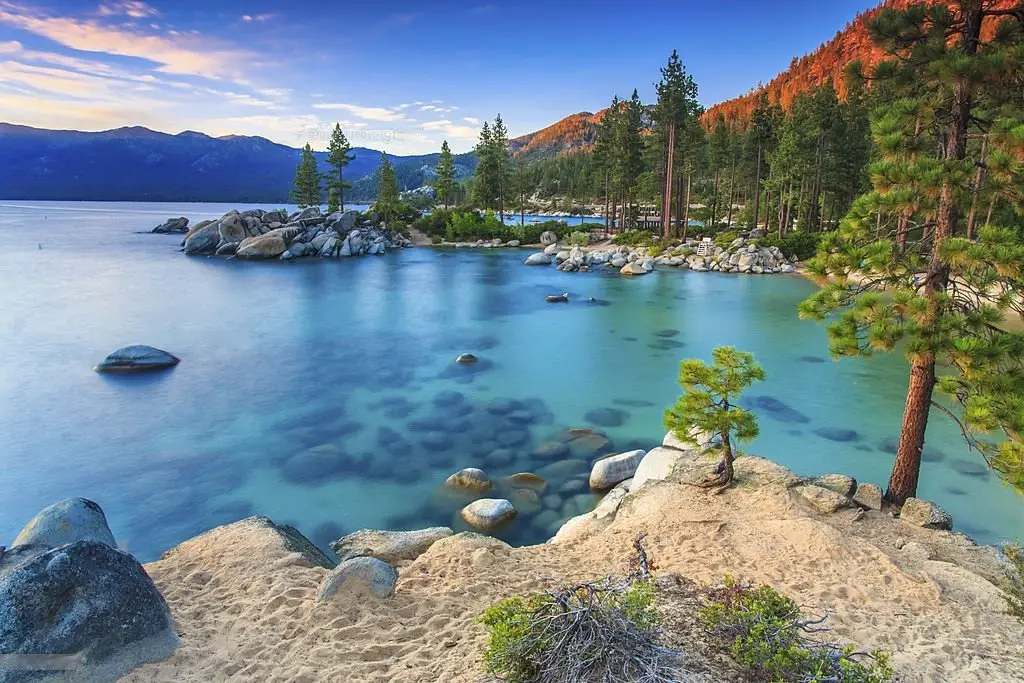


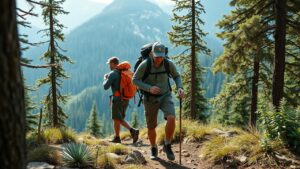


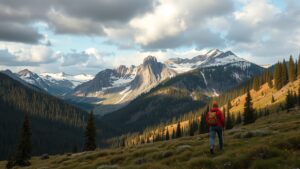

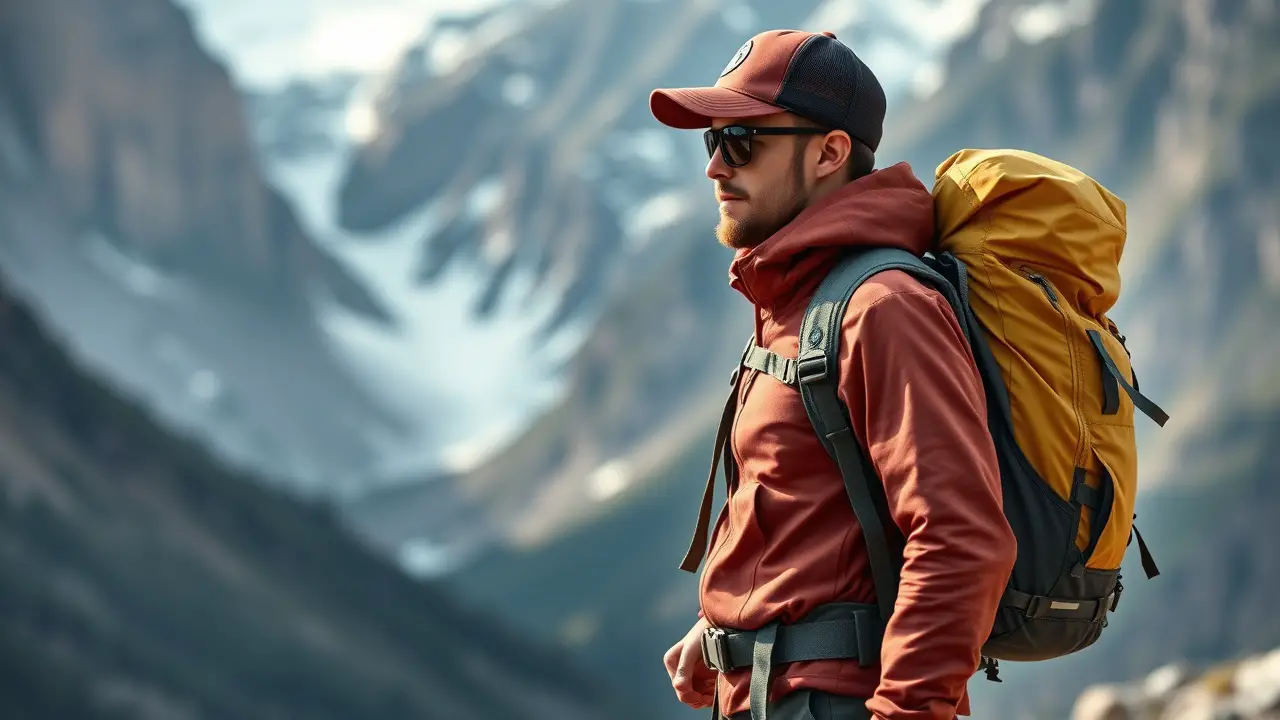
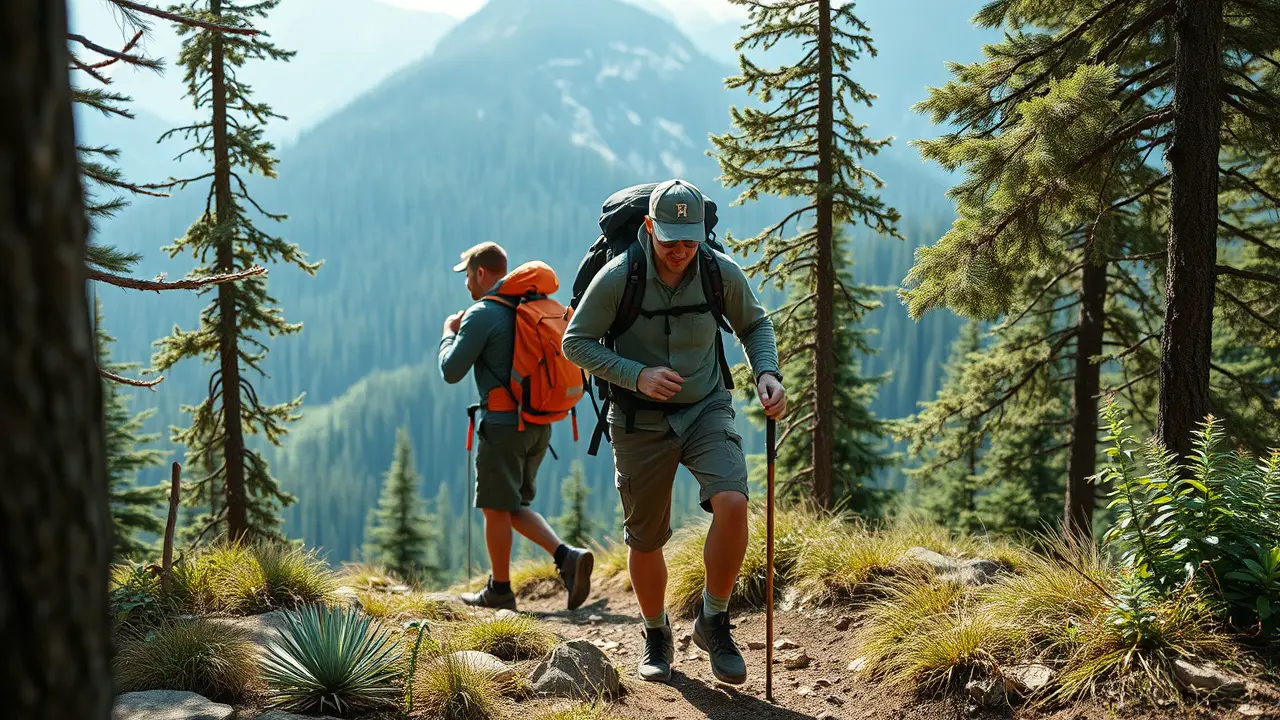
Leave a Reply